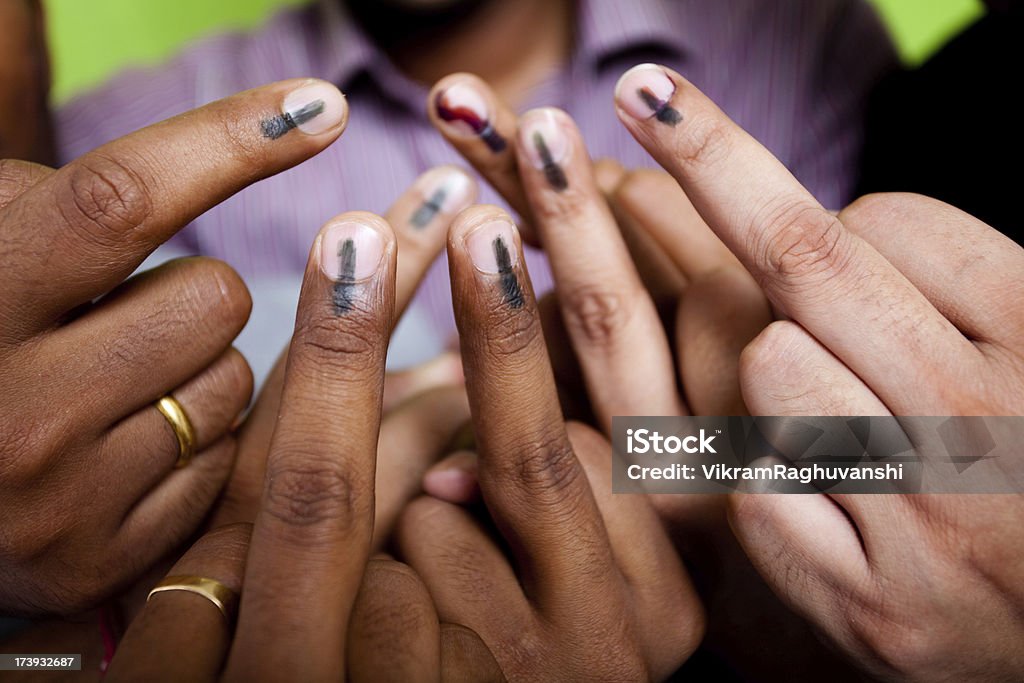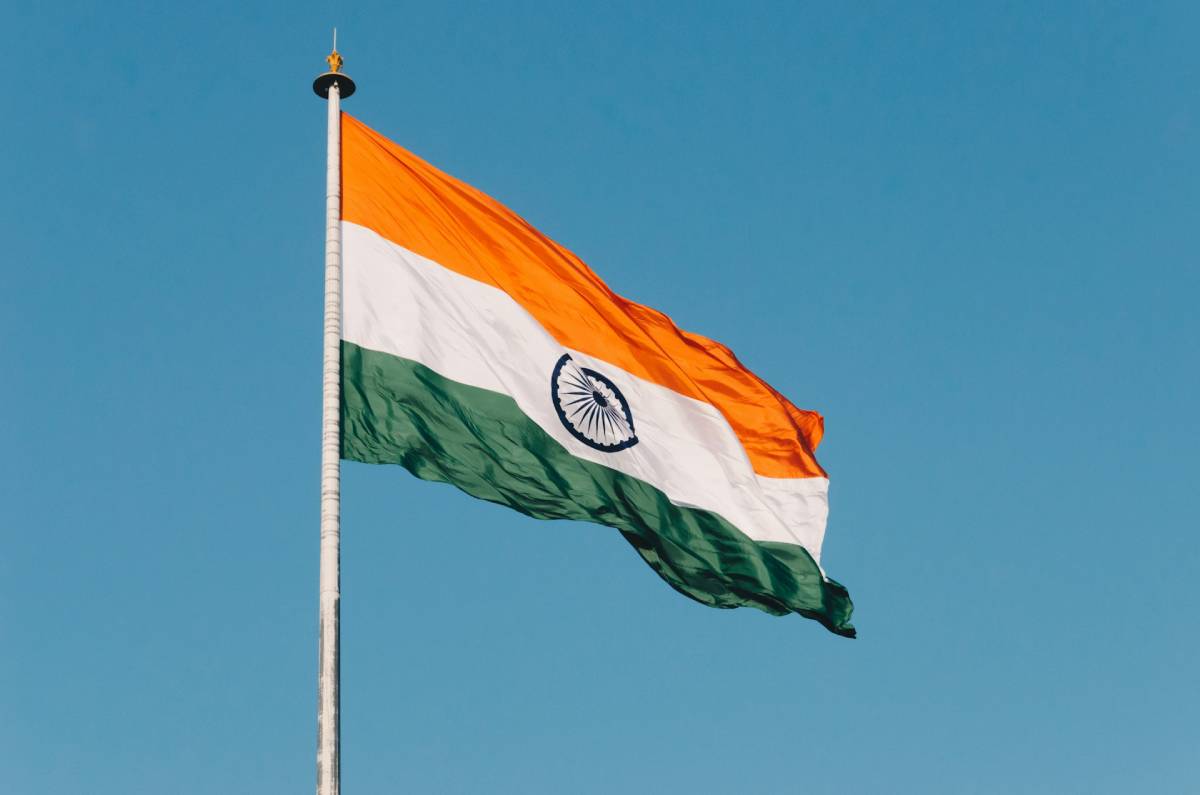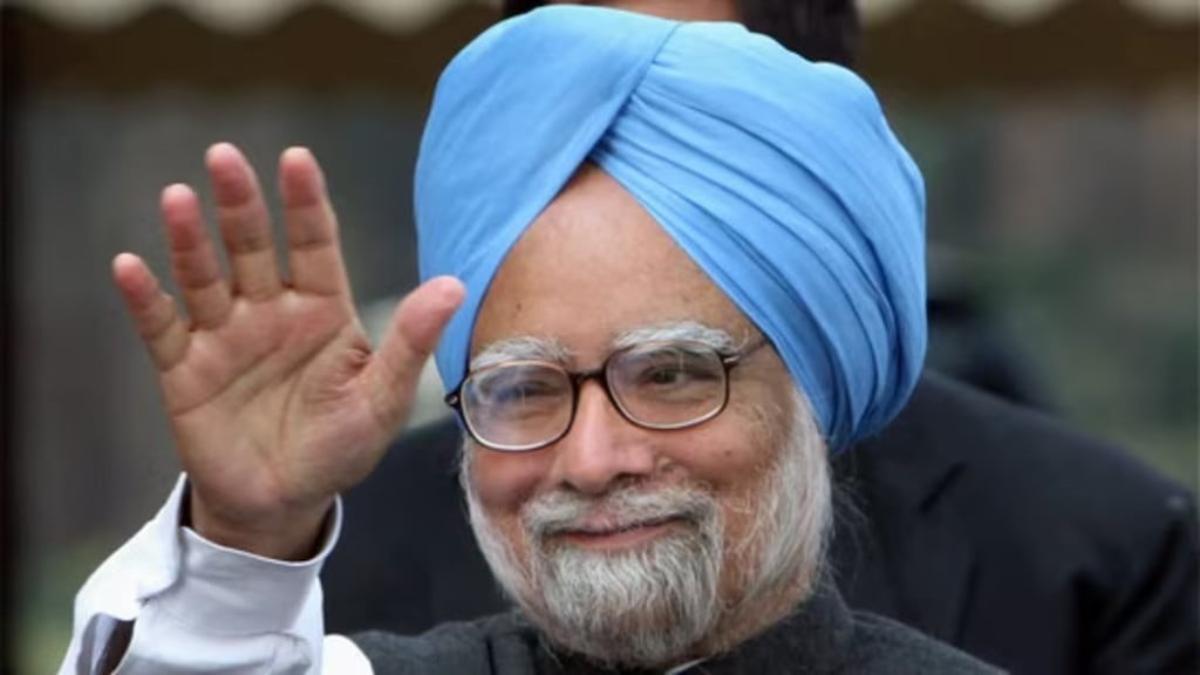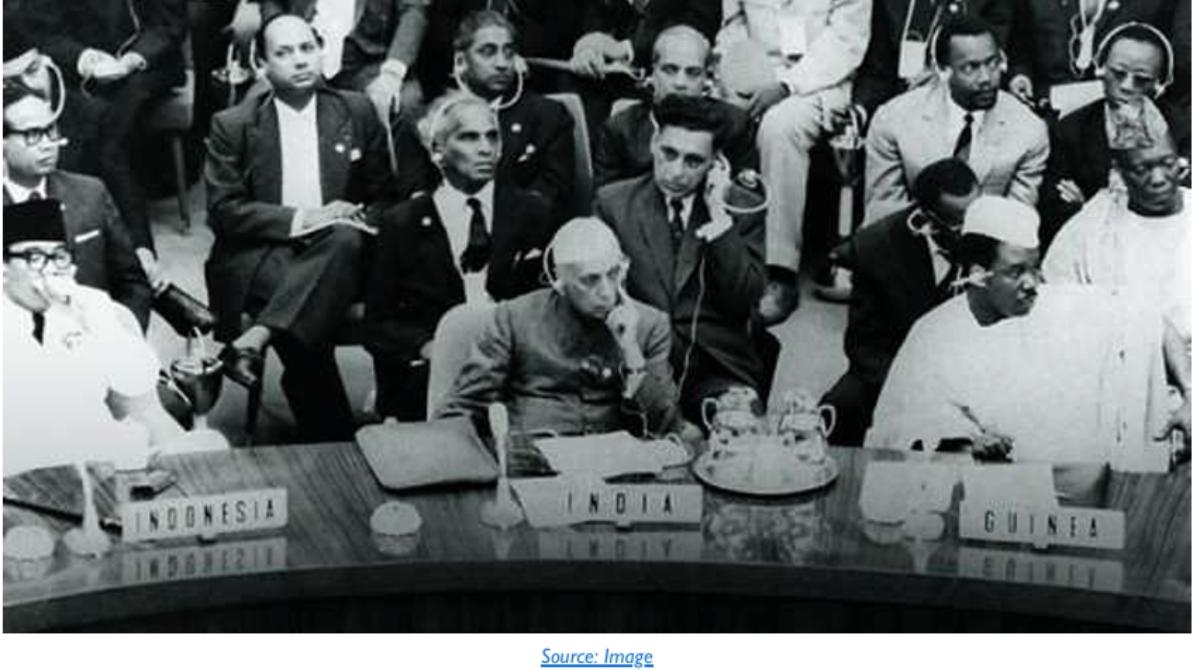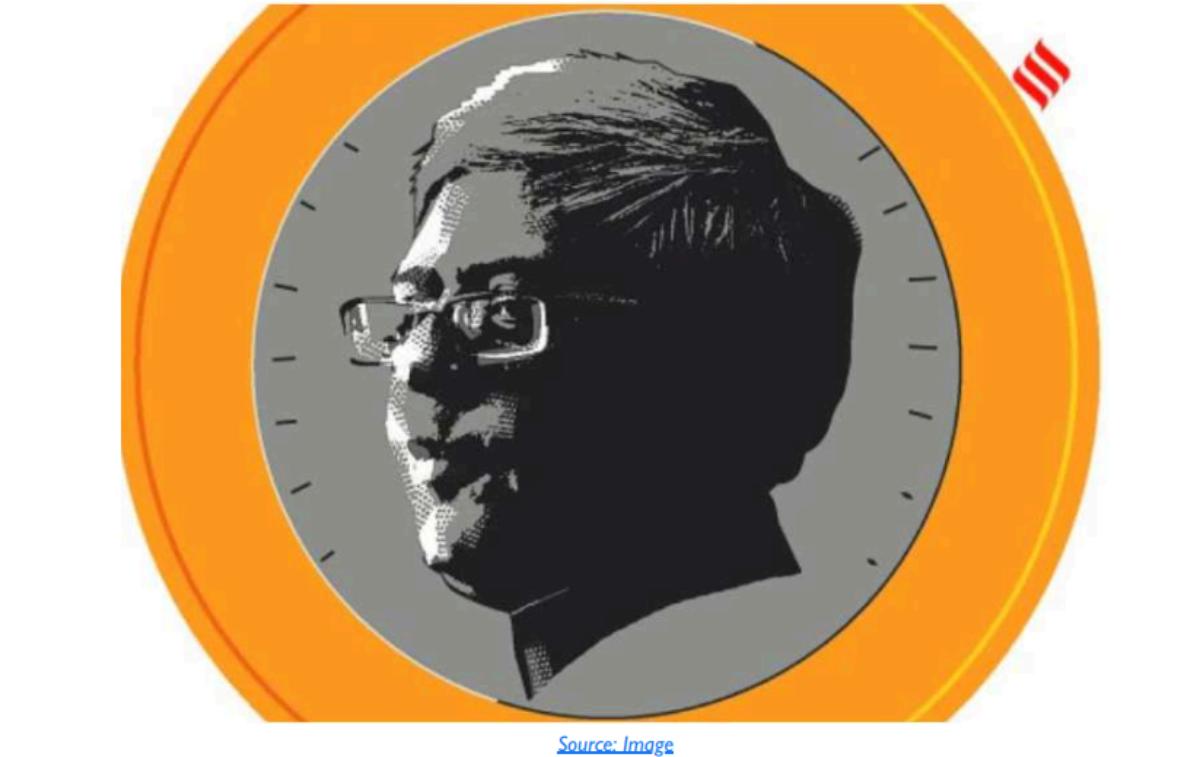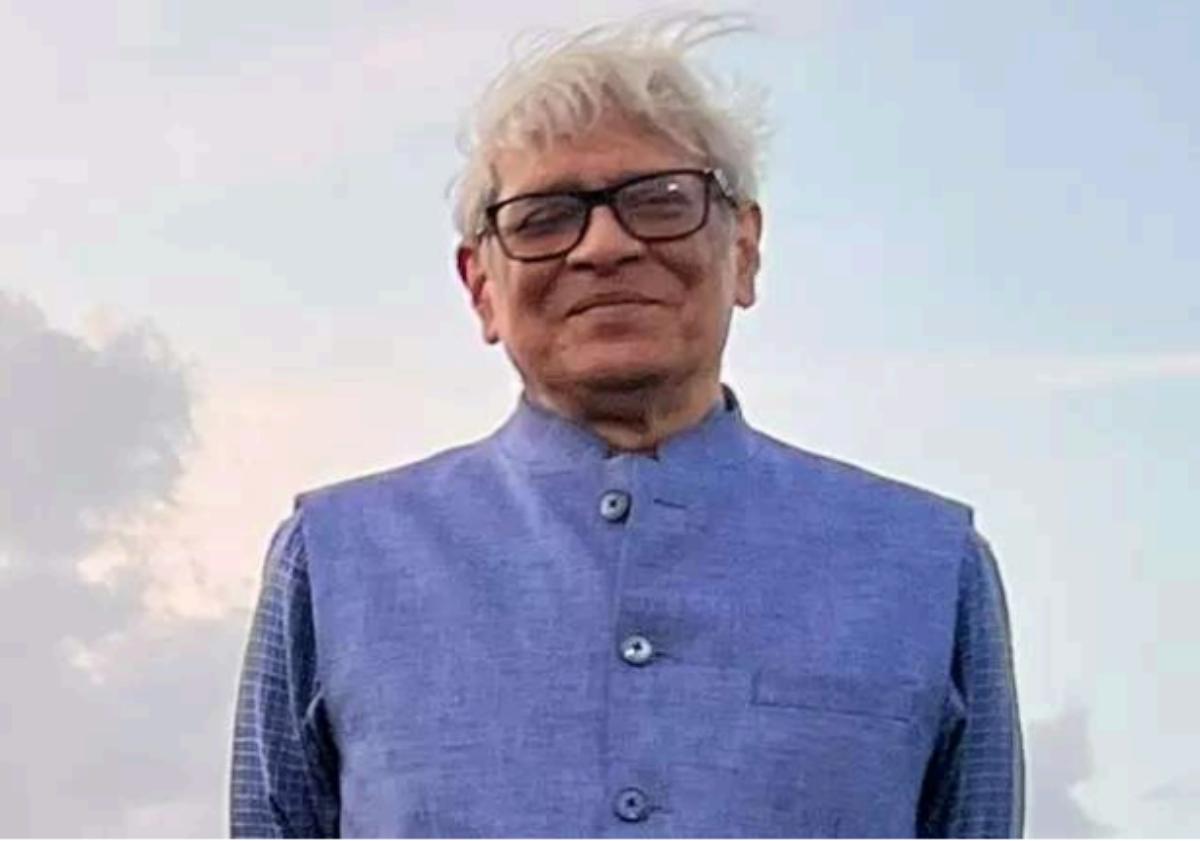Of late, much has been written of the world-wide trend of electorates favouring autocratic, if not authoritarian, governments reflecting majoritarian aspirations at the cost of inclusiveness of minorities. In the context of just concluded Indian elections of 2019, analysts have extended their observations to include the jingoist orchestration of nationalism and the introduction of “hate” and an inverted sense of “fear” of minorities to explain the voting pattern that led to the run-away success of present dispensation. What has not been dwelt upon is why and how the dynamics of fear is orchestrated and on this foundation how public opinion is manipulated to “hate” the other (for electoral gains), gross events are played out, culminating in a political, religious, or social system that may not be desirable for the future of mankind. In this note, I draw upon the work of Leonard W. Hamilton and Daniel M. Ogilvie, Professors Emeriti from Rutgers University, and more specifically on the lecture series by Sheldon Solomon who, along with Jeff Greenberg and Tom Pyszczynski, codified terror management theory (TMT) in their seminal book, The Worm at the Core: On the Role of Death in Life (2015) which in turn draws heavily from anthropologist Ernest Becker’s The Denial of Death (1973).
But even before TMT was coined, much can be learned by decoding the developments in post-World War I Germany and the role of Hitler, for we can detect strong similarities in what demagogues of authoritarian regimes do to manipulate public opinion and garner support. In the main, some distinct manifestations can be detected. First, there is repeated reference to current economic or social problems and laying the blame at the doors of the previous regime. This leads to the second factor of breeding insecurity. Since the need to survive is strong in human beings, the third element is to stoke nationalistic feelings with the promise to a return to glorious days of yore. The darker side of man’s primitive instinct to survive looks for the “enemy” which has to be overcome if not destroyed. That then becomes the fourth element of the leitmotif.
Generating hatred for the enemy is the fifth and next logical step for the demagogue. And the medium to achieve all these are high rhetoric and propaganda. And it is here that jingoistic nationalism and pure race become abiding refrains to garner blind support; blind because by then sense has evaporated. In the hands of a demagogue with extraordinary oratory skills, the impact can be mesmerizing. Moreover, he emerges not just as the unquestioned leader, but the only leader. However, the darkest side still remains: action or call to action against the enemy, both within and beyond the borders.
In post-World War I Germany, Hitler did precisely all the above. He trashed the Treaty of Versailles, his nationalism was laced with anti-Semitism, the internal enemy were the “Jews” (6 million executed), the “Fatherland” was in danger, and the enemy outside were many: Britain, France, Russia. And, of course, there was but “One People, One Empire, One Leader” (Ein Volk, ein Reich, ein Führer). The following quote of a Hitler follower describes the effect:
“We erupted into a frenzy of nationalistic pride that bordered on hysteria. For minutes on end, we shouted at the top of our lungs, with tears streaming down our faces: SiegHeil, SiegHeil, SiegHeil! From that moment on, I belonged to Adolf Hitler body and soul”
Closer to our times, Donald Trump also stoked fear, talked of bringing back American pride, jobs were taken away by immigrants, Latinos supported by Democrats (the external and internal enemy), Democrats were too liberal and destroying traditional American values… Trump also talked about nuking North Korea and building a wall across Mexican border. So all Hitler and Trump had to do was to make their countrymen feel that they are in danger, from Jews/Latinos, from France/Britain/China and unconsciously people will close ranks with their in-group and by definition hate the ‘other.’
Now how does all this work? Terror Management Theory (TMT) postulates that when we’re reminded of our mortality we tend to identify more strongly with the in-group and therefore become more differentiated from the out-group. This is an unconscious process and therefore insidious.
Professors Hamilton and Ogilvie refer to the well-documented fact that “we are more likely to care for and defend immediate family members than more distant relatives; more likely to care for and defend people we know than people we don’t know, and speaking in more general terms, we are more likely to defend people who look like us, speak like us, dress like us, share our opinions and values, and, even more broadly, we are strongly prone to like, care for, and defend people who share our religious beliefs.”
But they go on to point out that our religious beliefs often comes with baggage that supports a darker side of religion: where
“the rules, beliefs, and rituals of “my” tribe are more promising… than are the traditions and customs sponsored by competing tribes. Here comes the dark side. Conscious or blind adherence to tribal beliefs and the urgency to both spread and defend them can result in disastrous episodes where in it is okay, even desirable, to disparage or kill members of misguided tribes or, better yet, completely wipe them out…
“Gut-level tribalism can leave rules for civility in disarray and render guidelines for “proper behavior” useless. With the arrival of a new tribe in town in a post-truth environment, Donald Trump was able to whip crowds into frenzies of racial, ethnic and religious animosities as they declared their membership to a movement that promised a new day, a brighter future, and plenty of opportunities to reduce the fear of living and dying on the margins of an enormously wealthy nation…
“The loudest voices among the Trump followers seem certain, dead certain, of their beliefs and show little evidence that they have ever been seriously mindful of either the origins or the consequences of their beliefs. No doubts. No examination. No pause for reflection. That condition characterizes many of the world’s most active and dangerous tribes, so the task at hand is formidable.”
The Road Ahead
Kurt Lewin had said, “You cannot understand a system until you try to change it”. So, in these trying times, to all of us who try to make sense of current socio-political developments, Lewin’s observation cannot be more appropriate. One may consider methods. One approach is take a “practical” stance, but more from the standpoint of those excluded. For example, in a recent newspaper article, appropriately titled “No Tears for Fears”, journalist Saba Naqvi says all she wants is support for the Indian Muslims to help them get integrated into the political system from where they can derive the many benefits routinely handed out by the state. Further, she bluntly adds:
“If someone comes yet again asking for votes on the basis of fear and tells you that Muslims must be in the frontline of the battle to save secularism, turn around and tell them that you save it, and if you can’t, don’t ask us to be cannon fodder… Secularism is fine value. But in practice it has been hollowed out for decades and reduced to mere electoral management, one that first sees Muslims as a herd and then tries to keep that herd together and combine their votes with those of another herd, possibly of a particular caste vote. That model has been upended. The secular model currently offers no counter narrative to challenge the Narendra Modi led BJP”
While she rejoices how spontaneously this year many citizens – Hindu, Muslim and Sikh – are organizing inter faith iftars, including one at Sita Ram temple at Ayodhya, she does acknowledge that since the hour of victory there have been hate crimes that should worry all citizens of India, not just the minorities.
So, clearly while one may do all one can to help the ordinary Muslim get integrated into the political system to get the benefits that the state has put in place, the larger question of polarization and deliberate marginalization of the “other” does not melt away – not to speak of the occasional lynching. On lynching, Pratap Bhanu Mehta paints a chilling picture: “…the strategy in the previous government was to let small-scale incidents fester, specifically lynchings of people allegedly trading in cattle and beef. And those lynchings had the remarkable political effect that they could be ignored, because they were not, like, a large riot, like in 2002”.
While Pratap Bhanu Mehta has pointed to dark days, he hasn’t offered an action framework that can even remotely address the demon lurking in the dark recesses of every other street in India. Sociologist Dipankar Gupta does provide us an alternative approach. While he doesn’t specifically say that issues like majoritarianism, vote-bank politics, parochialism are bastard children of democracy, he is pretty clear on the role of the elite in safeguarding democracy. In “Revolution from Above: India’s Future and the Citizen Elite”, Gupta provides succinct accounts of the many missteps of the people in power in preventing a downward descent to casteism and vote-bank politics. He holds that
“democracy needs ‘an elite of calling’ if it is to be pressed to deliver to citizens.Ordinary politicians will not do; it requires people of substance, training, foresight and, most of all, the willingness to forsake their immediate class interests for a social good.”
But, perhaps more importantly, “that it is not by elections alone that democracy prospers. It requires active interventions to take democracy forward and that push can only happen from above”. And to be sure, Gupta is clear on another critical point. The citizen elite is not to be confused with a well-meaning philanthropist or even the typical NGO because they do not “deliver citizenship” by changing state policy that is involved in the delivery of health, education, public transport, energy and water. Citing the experience of Basque region in Spain, Gupta provides empirical evidence to argue that the development of this region from a basket case to a model of development that decimated terrorist organization ETA – and not a superior police force or repression.
But can the citizen elite deal with the corrosive elements of much diffused caste-based violence or marginalization of minorities and, what’s worse in current Indian scenario, the hate crimes like lynching? And what if another set of powerful people who may not qualify to be Gupta’s citizen elite but definitely wield the levers of state power turn a blind eye? Maybe we have to draw out much more than what Gupta had originally envisioned much less addressed. In any case, it does not address the global trend toward majoritarianism, hate-mongering towards the “other”, and almost hysterical support for autocratic leaders who have a propensity to undermine democratic institutions.
The clue to addressing this onerous task may perhaps demand a blending of Gupta’s concept of “citizen elite” with the approach adopted by Hamilton and Ogilvie in addressing issues of mortality salience where subjects become mindful of “other’s” sensitivities as a possible first step towards overcoming tribal instincts of exterminating those who are perceived to be not just different but impediments to majoritarian survival. When the Professors – who were already Emirati – had first submitted their proposal to teach a course titled Soul Beliefs: Causes and Consequences at Rutgers University, there was lot of concern such as “Would students be able to handle dealing with such a sensitive topic? Would parents object? Why are psychologists proposing a course on religion in the irst place?”
Hamilton and Ogilvie report that despite these concerns and reservations, the course was approved and launched in the fall of 2010. All 250 seats were snapped up on the first day of registration. They and others were surprised by the student interest in our topic. In three semesters they had over 1,000 students (plus equally long waiting lists) and nearly 200,000 students have participated in the online (Coursera) version of the course since it was mounted in 2014.
In other words, information technology, innovative learning tools and social media, can be used to reach vast numbers hitherto impossible and the citizen elite would then have at least one of its tasks cut out in taking the debate on nationalism on the lines that existed but only in a limited sense between Tagore and Gandhi (see Ramchandra Guha’s highly erudite “Introduction” to Tagore’s essays on Nationalism).
While the realm of ideas is desirable and necessary for right action, it does not automatically transcend to practice. And this is where Lewin’s dictum on bringing about social change takes on meaning for those interested in policy laboratory with emphasis on action research projects. It can be contended that accretion of persistent efforts over large swathes may create the groundswell for change.
References
Dipankar Gupta, Revolution from Above: India’s Future and the Citizen Elite. New Delhi: Rupa, 2013
Isaac Chotiner, “An Indian Political Theorist on the Triumph of Narendra Modi’s Hindu Nationalism”,
The New Yorker, May 24, 2019
Leonard W. Hamilton and Daniel M. Ogilvie (n.d.) “Beyond Belief: An Alt-Perspective on Election
2016” (mimeo)
Mahatma Gandhi, India of My Dreams. Delhi: Rajpal & Sons, 2011/2019
Rabindranath Tagore, Nationalism. Gurgaon: Penguin Random House, 2009
R.S. Sharma, India’s Ancient Past. New Delhi: OUP, 2005
Saba Naqvi, “No Tears for Fears”, Times of India, June 5, 2019

